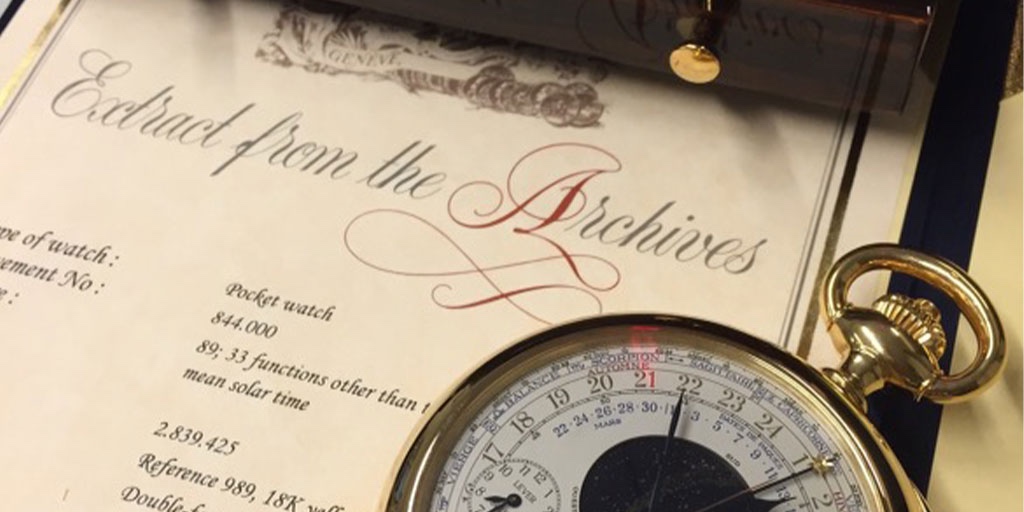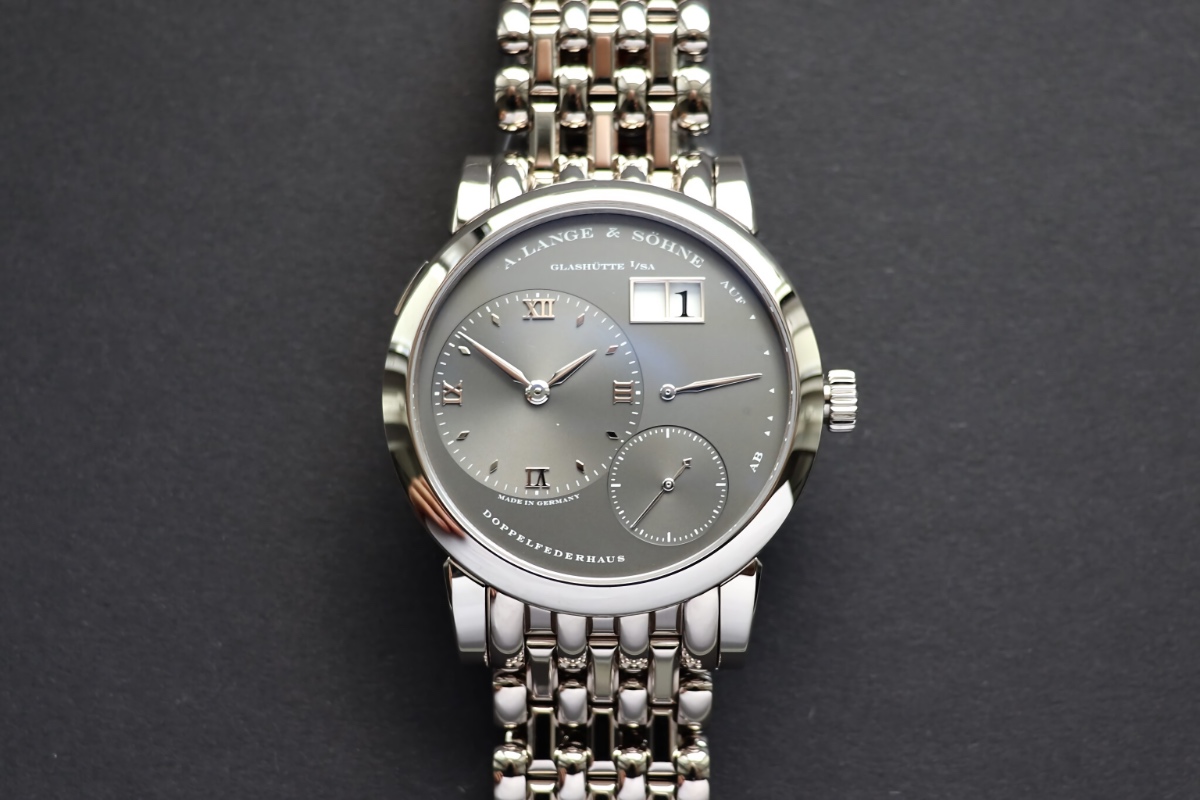1. PATEK PHILIPPE EXTRACT FROM THE ARCHIVES: THOUGHTS ON HOW A CHANGE IN POLICY WILL AFFECT WATCHES SOLD AFTER 1989

On the first day of April (April Fool’s), Patek Philippe announced sweeping changes to its Extract from the Archives policy. Not only will prices be increased by over three-fold (from 150 CHF to 500 CHF), the company will also stop issuing Extracts from the Archives for watches made after 1989. I don’t think the price hike will bother many Patek customers, but what’s more bothersome is that owners of post-1989 Pateks will no longer be able to obtain extracts. The extracts are crucial because it gives owners a sure-fire way of knowing the provenance of their watches. Find out possible reasons as to why Patek chose to do this and how the policy changes will impact the second-hand market for watches made after 1989.
Source: Collectability
2. IN-DEPTH: THE CITIZEN CALIBRE 0200 MOVEMENT

Citizen made waves last month when it announced the Caliber 0200 watch and movement. To many, it was a clear signal of the brand’s intent to produce more high-quality mechanical watches to compete with compatriots Grand Seiko. For fans of Japanese watchmaking, this can only be good news. And as you’d expect from a Japanese brand, the Caliber 0200 is an extremely high-quality movement with lots of thought given to its chronometric performance, reliability, aesthetics, and finishing. I can’t wait to see what else Citizen has in store, but first, here’s a closer look at the Caliber 0200 movement.
Source: Watches by SJX
3. THE DEFINITIVE GUIDE TO LANGE 1

There’s no other way to put this, the Lange 1 is a horological icon. It seems like it has been around forever, but it’s really a rather modern watch. The Lange 1 was only presented to the world in 1994 — four years after A. Lange & Söhne was revived in 1990. Today, the Lange 1 is the face of the brand, and though many have tried to imitate it, there’s just something about the proportions of the Lange 1 that makes it look just right. If you want to know more about the Lange 1 — its genesis, the thought that went into its design, its history, and more — then hit the link below.
Source: Langepedia
4. WHAT DOES IT TAKE TO HEAR BIG BEN AGAIN? 500 WORKERS AND A HIDING PLACE.

Elizabeth Tower is often erroneously referred to as Big Ben. Big Ben is actually the name of the largest of the five bells that reside within the tower and it tolls the hour. The last time it ran was on the final day of 2020, after which it would undergo extensive renovations. Work started in 2017 but has been delayed partly by the pandemic and partly by the discovery of greater than expected damage. The cost of the project was initially estimated to be around 30 million pounds but has since ballooned to almost double. Here’s an interview with Ian G. Westworth, the man leading the project, on the difficulties of restoring such a large clock.
Source: The New York Times
5. IS THERE STILL A DIVIDE BETWEEN IN-HOUSE AND ÉBAUCHE?

The concept of vertical integration is a relatively modern one. Those who know anything about the history of watchmaking will know that watches were once a cottage industry. And for the most part of its history, watch brands relied on specialized manufacturers to produce components like cases, dials, and even springs and movements. Now, however, there’s an increased emphasis on producing everything in-house. It has, for some reason, become a sort of mark of honor. But is that really the case, since only the largest brands are capable of such a feat? Does a brand’s ability to produce all components of a watch on its own have any tangible benefits? Is such a watch superior? Hit the link below for some thoughts.
Source: A Collected Man

